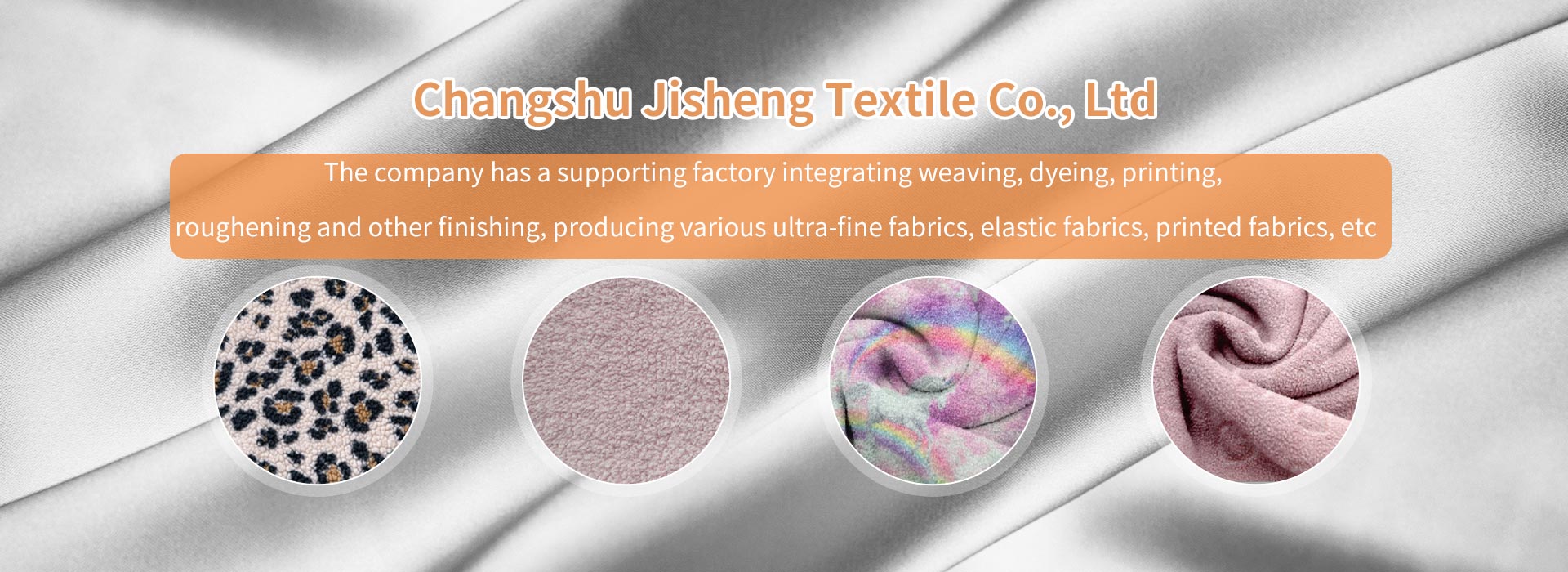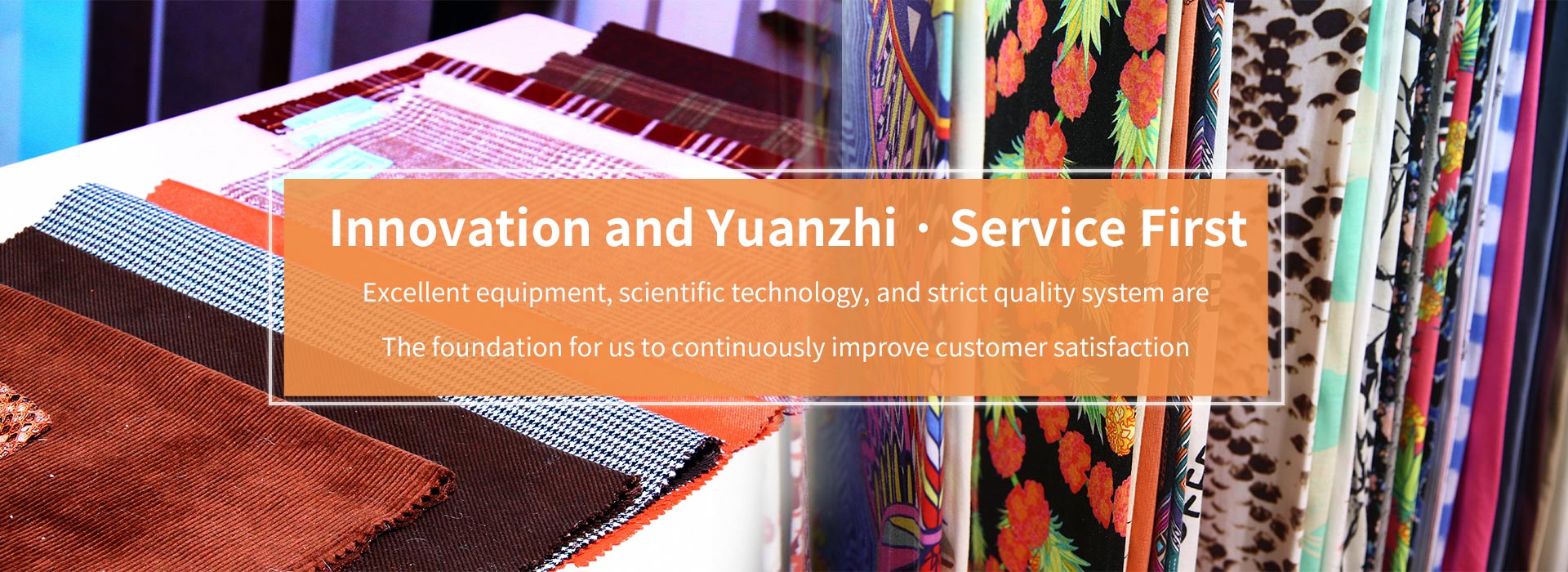Amancio Ortega is a serious and low-key person. When the hosts of Bloomberg talked about him, they had to admit that he was not really a very famous person. But three years ago, he became the richest person in Europe.
Now, I have to mention him again, because not long ago, he has surpassed the wealth owned by Warren Buffett to become the second richest person in the world. He is Amancio Ortega, the founder of the fast fashion giant ZARA and Indetix Group. All this stems from the significant growth in ZARA's sales, which increased his personal wealth by 17% last year.
Recently, however, some people are happy and others are worried about the fast fashion brand. The former fashion giant Gap has closed 175 stores, equivalent to a quarter of the total number of its brand's stores. In addition, the financial report of H&M, another fast fashion brand, also shows that although the rapid expansion has led to a significant increase in brand revenue and sales, the average annual sales volume of H&M's single store is decreasing year by year, in other words, its platform efficiency is also decreasing.
Average annual sales volume of H&M single store, unit: SEK m
They are all fast fashion brands with affordable prices. What makes their situation so different? Take a look at the differences in terminal strategies between H&M and ZARA, two representative fast fashion brands.
A seemingly insignificant loss is a thousand miles away:
1. Distribution of product lines: ZARA has a balanced distribution, with H&M focusing on women's clothing
If we roughly classify the products of ZARA and H&M into men's and women's clothing and children's clothing, the distribution of ZARA's Product Segmentation is relatively balanced, while H&M is more biased towards women's clothing. Here, we can compare products sold online: ZARA's women's clothing accounts for 40%, men's clothing accounts for 29.5%, and children's clothing accounts for 30.5%; H&M's women's clothing is 51%, men's clothing is only 16%, and children's clothing is 33%. Therefore, we can see that H&M's women's clothing has become the focus of brand development, which is not difficult to see from H&M's advertising.
The reason for this can be attributed to a slight difference in brand positioning among consumers. ZARA's consumers are more mature than H&M's, so there are often consumers who choose clothes for their partners or children. Moreover, ZARA's goal is to narrow the gap between T stations and mass consumers, so there is no bias towards a single product category. However, H&M's strategy is more oriented towards commercialization and seeks greater commercial benefits, as can be seen from the price reduction strategy and replenishment strategy that will be introduced later.
2. Pricing strategy: ZARA has more centralized pricing styles, while H&M prices are highly differentiated with fewer styles
Compared to online sales, H&M has over 2000 more styles than ZARA, with ZARA's price range of 5-322, H&M's price range of 1-291, ZARA's average price of 48, and H&M's 21.4. However, H&M's commodity prices are relatively concentrated, with 56% of the commodity prices between 1-20, while ZARA's commodity prices are relatively evenly distributed, with 32% of the commodities occupying the largest price range, located in the 20-40 range. If we divide it into upper and lower garments for comparison:
Currency unit: USD
The chart shows that H&M's top clothes are mostly concentrated in 10-20 and 20-30, while ZARA's top clothes are mainly concentrated in 40-50, and the rest are mostly located in 20-40. H&M's skirt clothes are distributed in the two ranges of 20-30 and 40-50, with ZARA mainly concentrated in 40-50.
Therefore, it can be said that in terms of pricing strategy, H&M tends to sell both high price and low price goods to meet different needs of people, while ZARA mainly relies on more centralized prices to provide different styles and fabrics to meet consumer needs.
At the same time, the price of ZARA has been increasing continuously, while the price of H&M has created a gap, but high-priced product styles are very rare, so H&M is still trying to meet consumers' demand for high-quality products. This can also be seen from H&M's continuous collaboration with designers and celebrities.
3. Price Reduction and Replenishment Strategy: ZARA adopts a low replenishment rate and a small amount of price reduction, while H&M adopts a high replenishment rate and a large amount of price reduction
Up to now, the performance of online sales of the two brands is as follows: 24.2% of H&M's products are on sale at reduced prices, of which 9.3% are on sale at reduced prices by more than 50%; While ZARA only sells 3.2% of its products at reduced prices, 0.2% of them have a price reduction of more than 50%. This data indicates that H&M relies more on discounts to clear inventory than ZARA. But why?
We can take a look at the replenishment strategies of two brands: So far, ZARA's replenishment rate is only 2.8%, and H&M's is 23.1%. Both of them focus on supplementing women's clothing (which also indicates that women's clothing has a large sales volume and a high inventory turnover rate, so H&M's women's clothing, which takes commercial interests as the main strategic influencing factor, occupies a dominant position).
There is also a set of data that cannot be ignored, namely, ZARA's oldest fully priced products by far went on sale in November 2013, while H&M went on sale in May 2011.
In summary, ZARA adopts a strategy of low replenishment rate and small price reduction, while H&M adopts a strategy of high replenishment rate and large price reduction (regardless of product quantity or price reduction range). So how does ZARA's strategy of low replenishment rates and small price reductions benefit? The answer is to constantly introduce new products, replacing sold out products with new ones, even though the sales volume of the product is good. The strategy of H&M is to continuously replenish the product if it sells well, until there is a backlog of inventory, and then sell it at a discount.
ZARA's strategy seems to reduce inventory pressure, but it is precisely due to continuous product updates that ZARA's designer team and buyer team continue to play a crucial role. The risk of ZARA's strategy lies in new product development, not inventory.
For example, the data shows that in the past two months, ZARA's new products have increased by 72%, while the price reduction products have also decreased by 72% compared to the previous period. H&M's new products have increased by 45%, while the number of discounted products has increased by 154%. In the process, 50% of ZARA's discounted products have been sold out, and 20% of H&M's discounted products have been sold out. Meanwhile, among the new products on the market, ZARA sold out a new product in an average of 41 days, while H&M needed 153 days.
Therefore, this strategy of ZARA uses brand premium and discount promotions to attract low-end consumers and clean up inventory. At the same time, reducing the number of discounted products not only creates a sense of "scarcity" and "rush buying" to promote sales of discounted products, but also makes way for the introduction of new products. H&M's strategy is more robust. Although there is greater pressure on inventory, continuous replenishment of best-selling products and sales at discounts can generate significant operating revenue, reducing the risk of new product development.
To sum up, the terminal strategy is actually very simple. ZARA provides a relatively balanced product line with relatively concentrated prices, while relying on a strong buyer team and designer team to sell new products and reduce inventory pressure.
H&M's decision-making approach is more commercialized, with the product side favoring women's clothing with high inventory turnover to generate revenue, and then using pricing strategies with large price options to meet the needs of different consumers, relying on traditional but robust replenishment strategies and discounted promotional methods to sell and clear inventory.
Writing here, I do not want to say which of these two strategies is more conducive to the development of today's fashion brands. Just like sales driven companies and technology driven companies, only by understanding the advantages of their own brands can they formulate targeted strategies to win the terminal. Many domestic brands trying to blindly imitate the ZARA model cannot succeed, which is also the reason.
Perhaps we have only seen the principle of "the world's martial arts, only fast and unbreakable" demonstrated by the fast fashion business model, and believe that as long as we achieve fast, we can replicate the ZARA brands. However, the seemingly insignificant loss of these brands is actually an inherent difference of a thousand miles.
Internal skills have to be cultivated, not imitated.
CHANGSHOU CITY JISHENG TEXTILE CO.,LTD.
Changshu Dongcheng Knitwear Co., Ltd
 Consultation hotline: 0512-52302618
Consultation hotline: 0512-52302618



